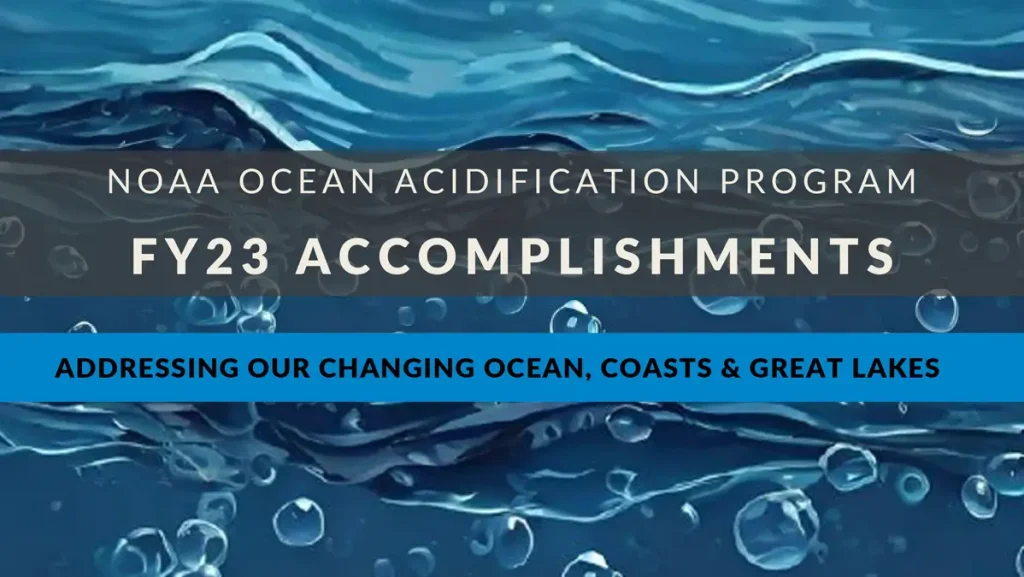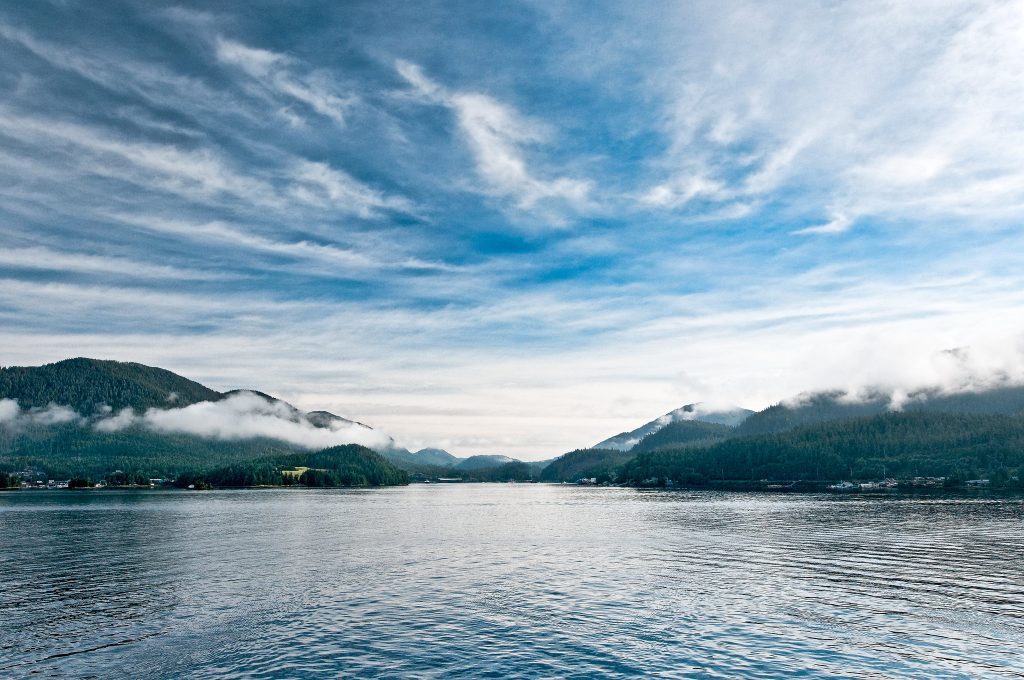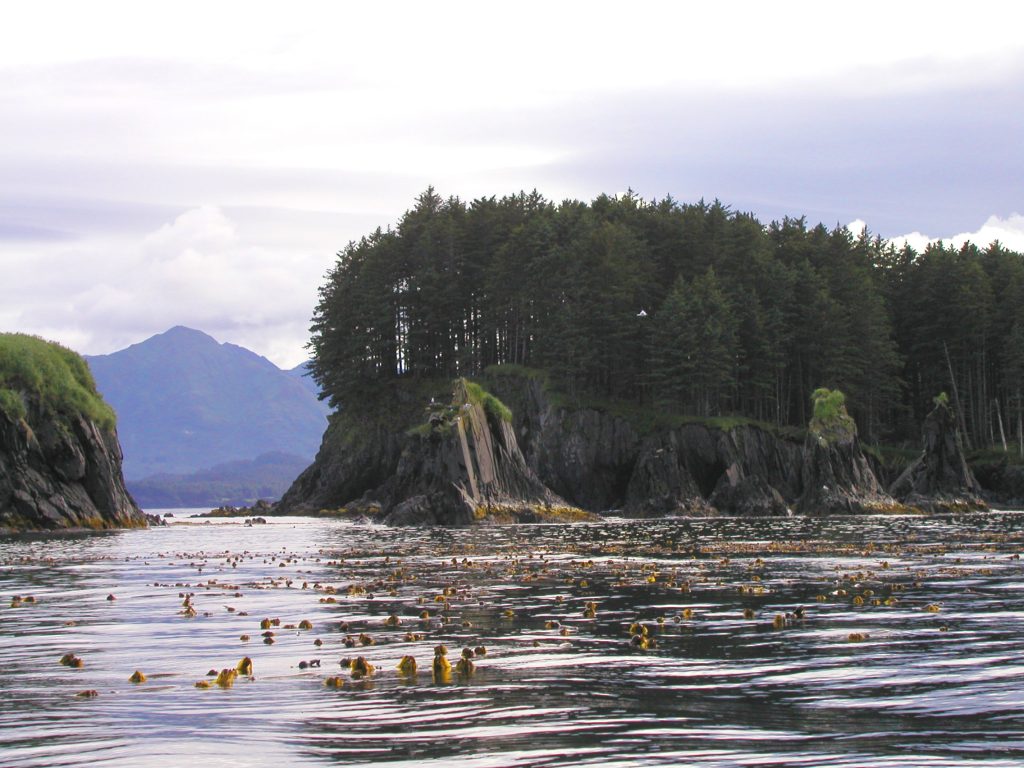Weak constraint 4D-Var data assimilation in the Regional Ocean Modeling System (ROMS) using a saddle-point algorithm: Application to the California Current Circulation
The saddle-point formulation of weak constraint 4-dimensional variational (4D-Var) data assimilation has been developed for the Regional Ocean Modeling System (ROMS), and is applied here to the California Current System (CCS). Unlike the conventional primal and dual forcing formulation of weak constraint 4D-Var, the saddle-point formulation can be efficiently parallelized in time, leading to a […]





